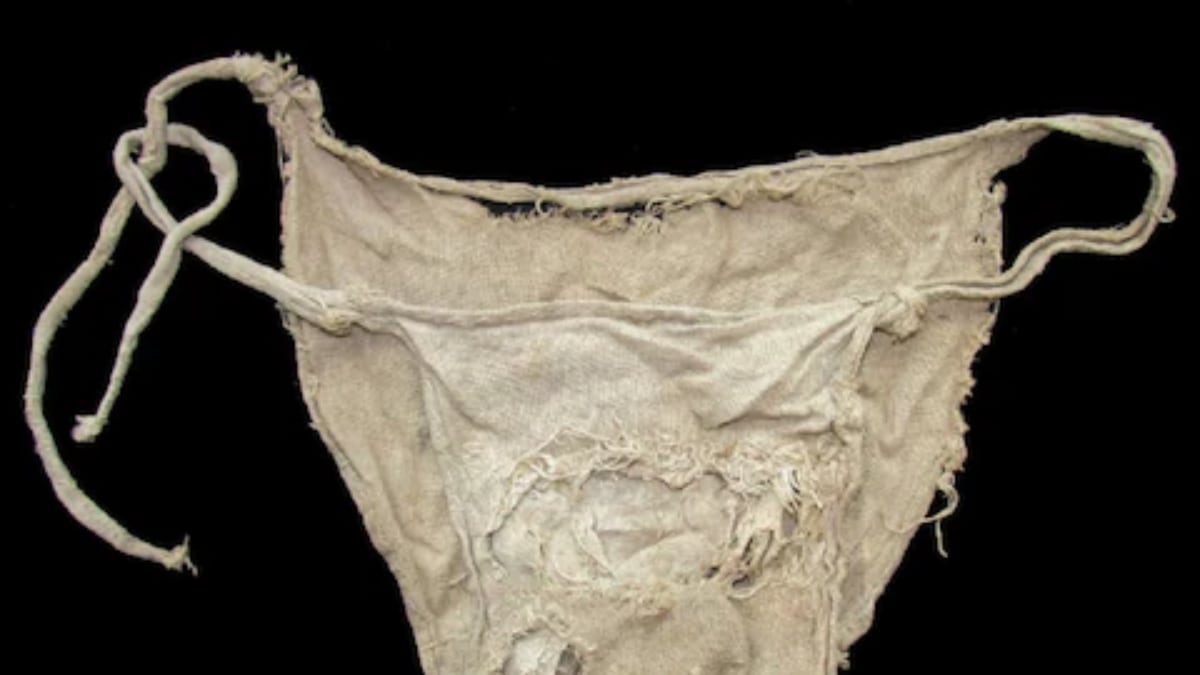Underwear has been an essential part of clothing for centuries, evolving from simple loincloths to the diverse styles we see today. From ancient Egypt to medieval Europe, the journey of underwear reveals fascinating insights into cultural practices, fashion trends, and societal norms.
Ancient Origins: Loincloths and Beyond
The earliest forms of underwear can be traced back to ancient times, where loincloths were a ubiquitous garment for both men and women. These simple garments, often made of linen, consisted of strips of cloth wrapped around the waist and between the legs. In ancient Egypt, loincloths were intricately woven and even adorned with intricate patterns, as exemplified by the 145 loincloths found in King Tutankhamun’s tomb.
The Significance of Loincloths
Beyond their practical function, loincloths held cultural and symbolic significance. In ancient Egypt, they were believed to represent fertility and were often used in religious ceremonies. The lavish collection of loincloths found with King Tutankhamun suggests the garment’s importance in the social hierarchy of the time.
Roman Undergarments
While loincloths dominated the ancient world, the Romans developed their own unique form of undergarment known as the “subligaculum.” Worn under tunics, togas, and cloaks, these garments were more elaborate and provided a level of comfort and hygiene. The use of the subligaculum highlights the increasing emphasis on undergarments as a layer of protection and comfort.
Medieval Era: Braies and the Rise of the Codpiece
As Europe entered the Middle Ages, new forms of underwear emerged. The Celts and Germanic tribes adopted “braies,” baggy undershorts held up by belts or strings. These undergarments, similar to modern boxer shorts, provided greater comfort and practicality for everyday wear.
The Codpiece: Symbolism and Evolution
By the 15th century, the braies were replaced by the iconic codpiece. This garment, initially designed as a protective covering for men’s genitals during warfare, gradually evolved into a symbol of masculinity and social status. Its size and embellishments grew increasingly exaggerated, leading to the association of the codpiece with obscenity.
The Codpiece’s Impact on Fashion
The codpiece had a significant impact on men’s fashion during the medieval era. It became a decorative element, showcasing wealth and social standing. Its presence in clothing not only highlighted the male physique but also reflected the social norms and values of the time.
19th Century and Beyond: The Evolution of Modern Underwear
The 19th century saw a shift towards more practical and comfortable underwear. Pantaloons, a type of long underpants worn by both men and women, became popular as they absorbed sweat and dirt, keeping outer garments cleaner. This period witnessed the birth of modern underwear design, driven by changing social norms and the increasing demand for comfort and practicality.
The Rise of Briefs and Jockey Shorts
With the advent of the 20th century, briefs and jockstraps emerged as more streamlined and athletic alternatives to the bulkier pants of the 19th century. Arthur Niebler’s 1935 invention of Jockey shorts, inspired by jockstraps, revolutionized men’s underwear. These comfortable and supportive garments became a fashion staple and continue to be popular today.
Underwear’s Ongoing Evolution
Underwear continues to evolve in response to new materials, technologies, and changing cultural norms. The emphasis on comfort, performance, and style remains prominent, resulting in a wide array of choices catering to different needs and preferences.
Take Away Points
- Underwear has been an integral part of clothing for thousands of years, evolving alongside societal changes and cultural influences.
- Ancient civilizations, like Egypt and Rome, relied on simple loincloths or subligaculum for basic undergarments.
- Medieval Europe witnessed the emergence of braies and the iconic codpiece, a garment with complex cultural significance.
- The 19th century marked a shift towards more practical undergarments with the introduction of pantaloons.
- Modern underwear, characterized by the rise of briefs, jockstraps, and the popular Jockey shorts, has revolutionized comfort and style.
- The history of underwear reflects a journey of innovation, social evolution, and the changing dynamics of fashion.




